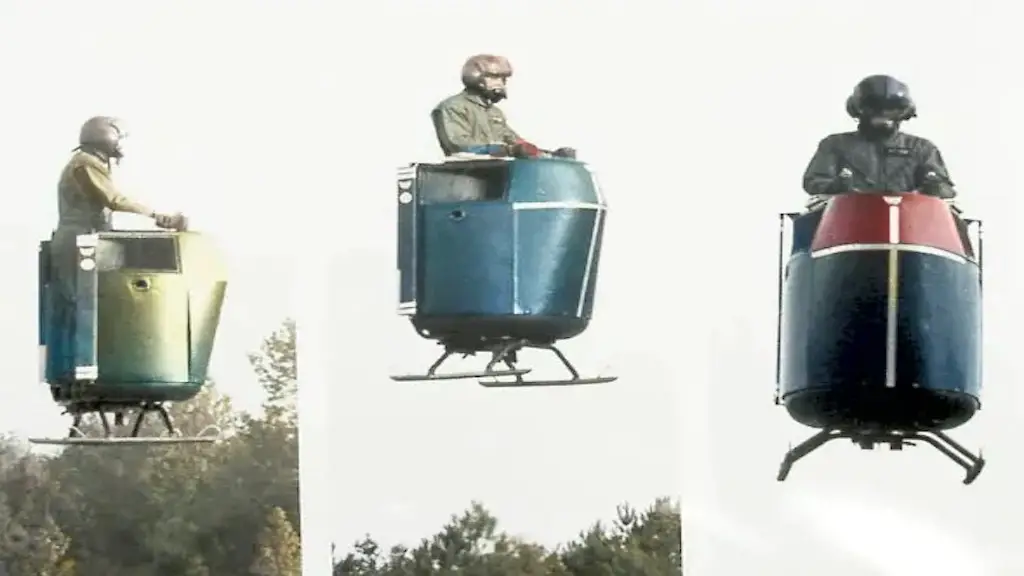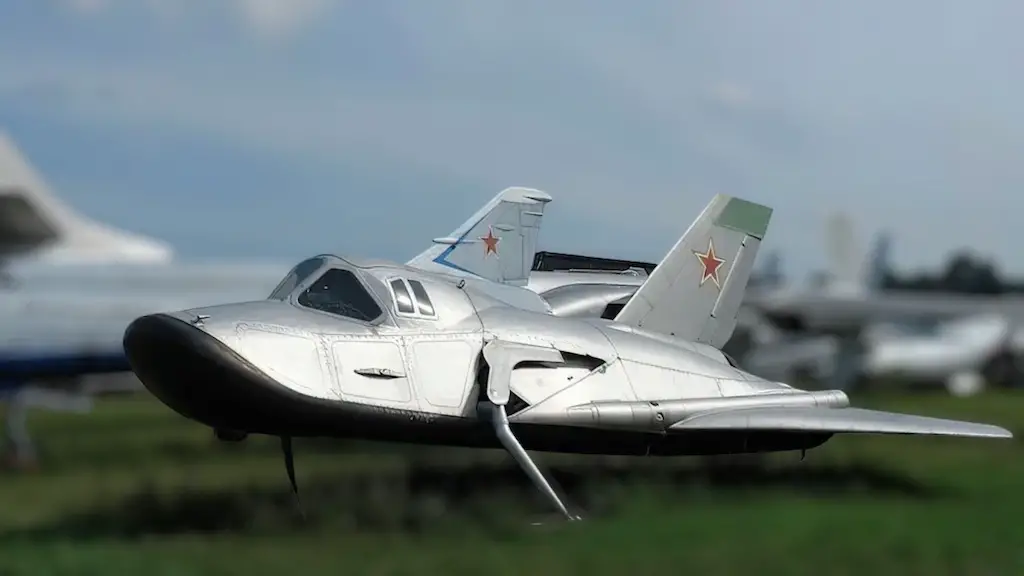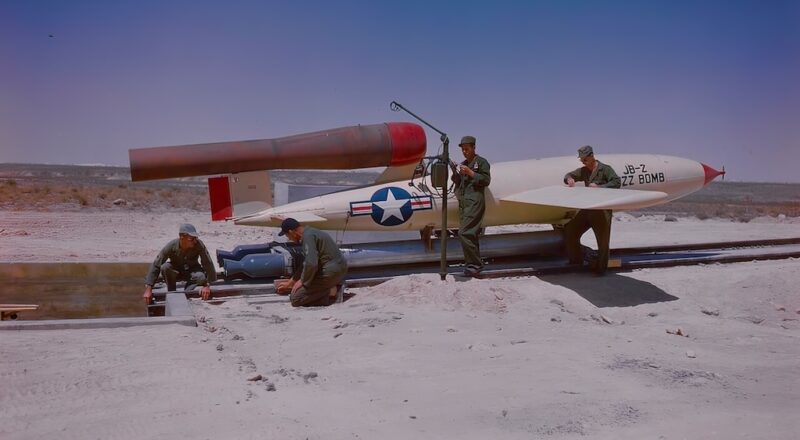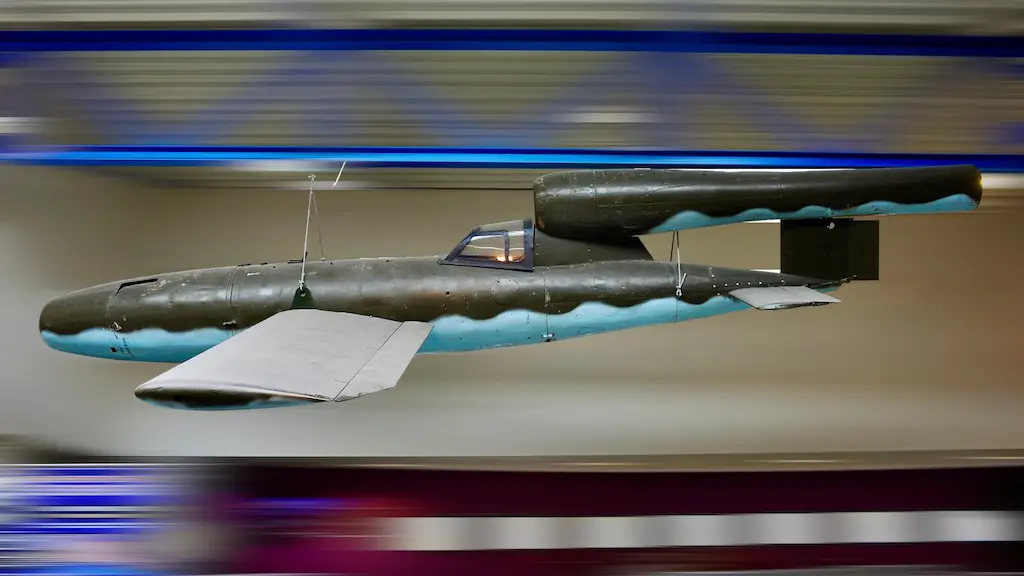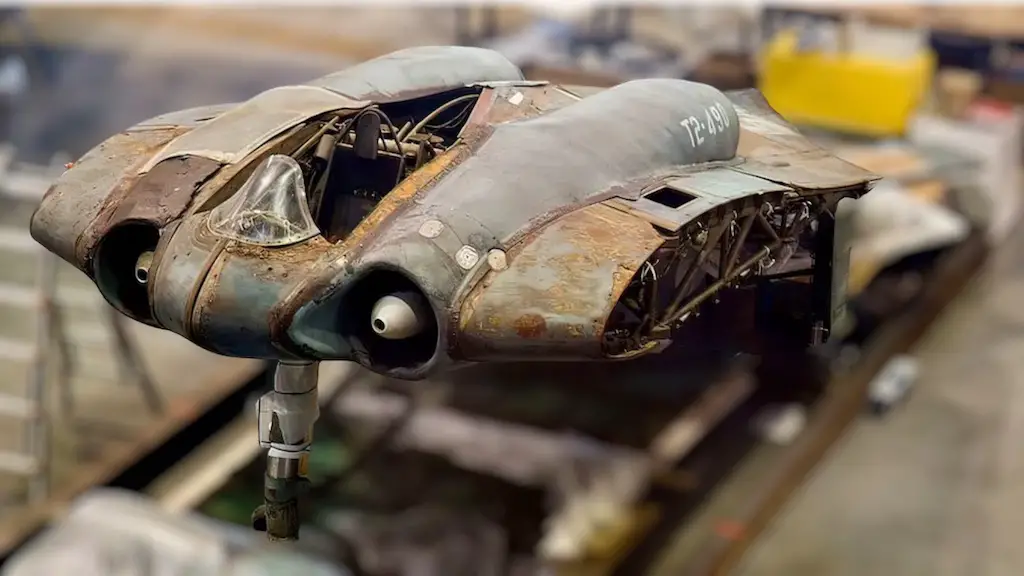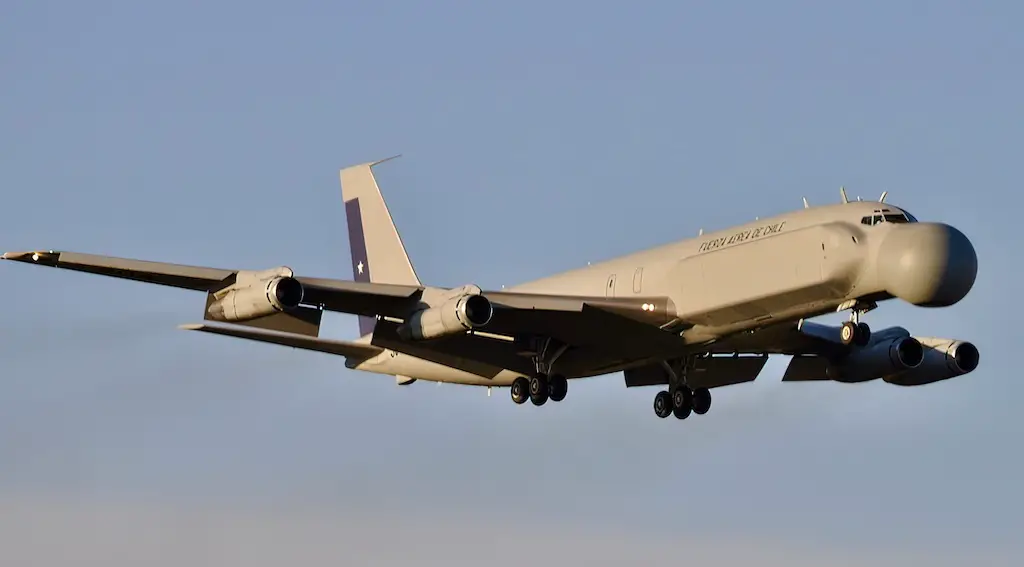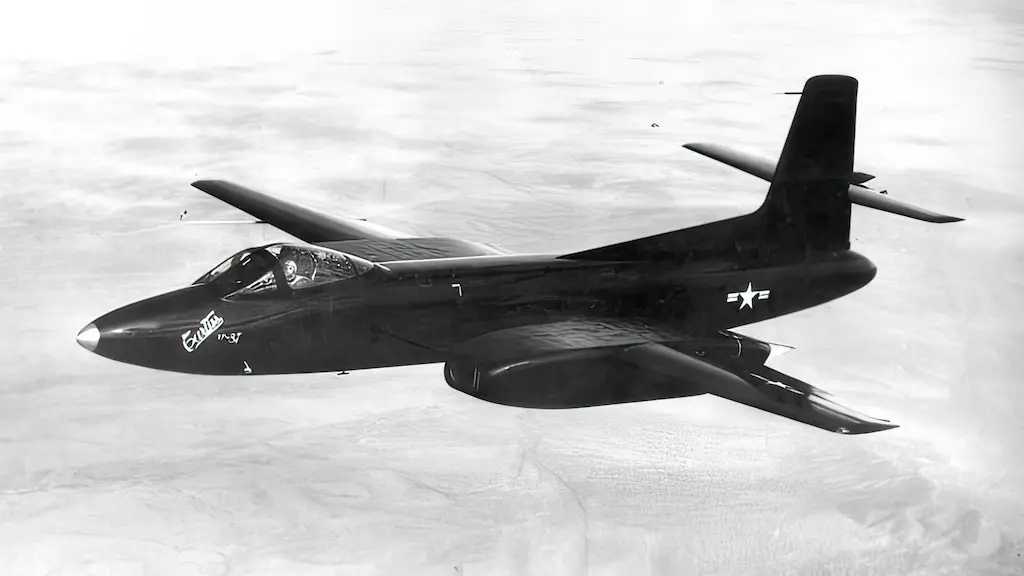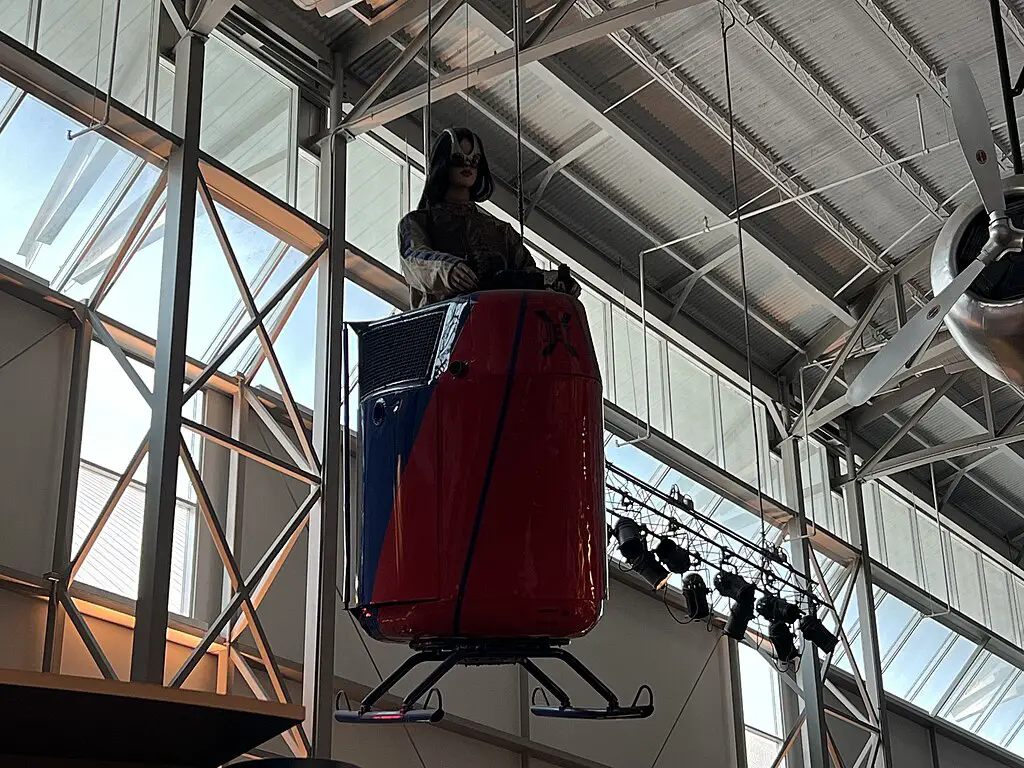From Paper Dreams to Prototype
Once upon a time in the 1970s, the wizards at Williams International thought they could tinker around a bit and create a functional, practical, and highly portable personal flying machine. They were absolutely certain that commuting in the 21st century would involve a lot more zipping around in the sky than sitting in traffic. The result? The Williams X-Jet.
But what on earth was the X-Jet, you might ask? Well, it was a sort of vertical-takeoff-and-landing (VTOL) “flying pulpit” if you will, a strange, sci-fi contraption that seemed straight out of “The Jetsons.” Dreamt up by the engineers at Williams, the same guys who were into designing and manufacturing small gas turbine engines, the X-Jet promised a future where everyone could have their own personal aerial vehicle.
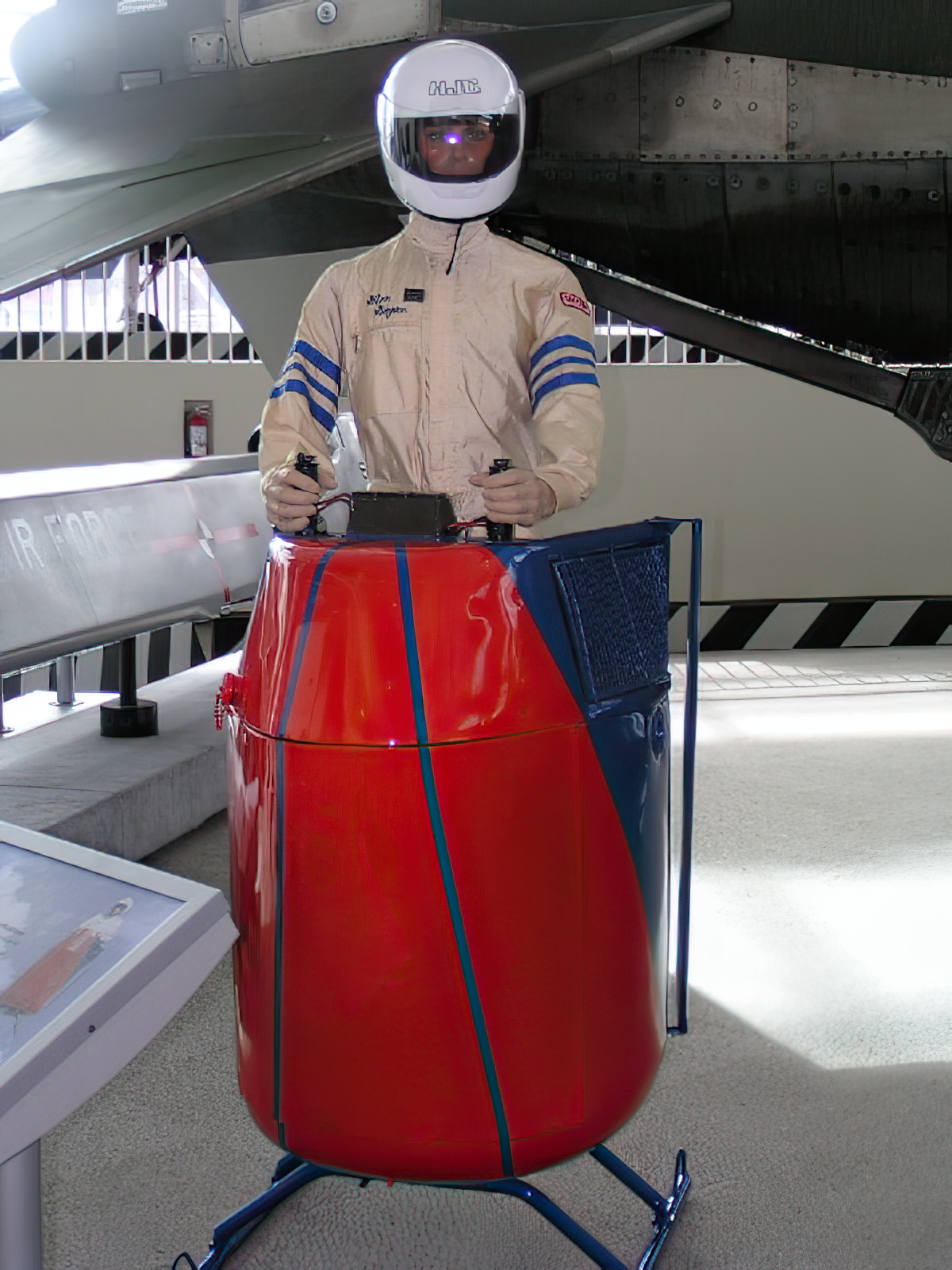
Testing The Flying Pulpit
Undeterred by skeptics and powered by an unyielding belief in their project, Williams pushed their weird and wonderful invention into the test flight stage. In the early 80s, pilot Robert Courter hopped on this flying saucer and spun around the air tethered to the ground.
Unlike a traditional jetpack, the X-Jet was more stable and, in theory, easier to control. It offered an impressive flight time of 30 to 45 minutes – far more than the measly 30 seconds of traditional jetpacks. However, and here’s the rub, the test flights revealed a small hitch: the X-Jet had all the maneuverability of a drunk elephant on roller skates.
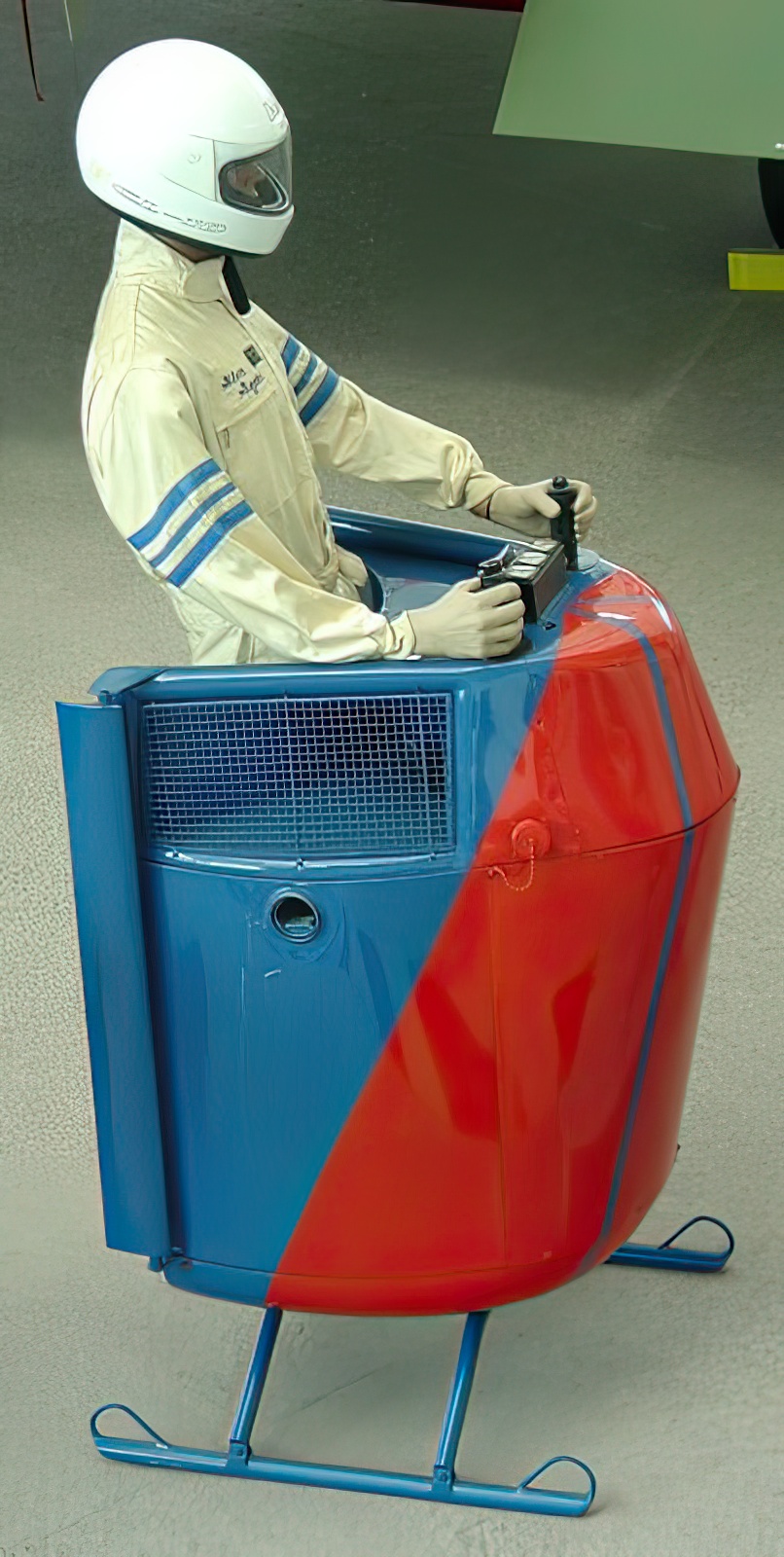
The Sky-High Dreams of X-Jet Creators
Despite the X-Jet’s, let’s say, idiosyncratic flight dynamics, the Williams team had high hopes. They envisioned military applications for the X-Jet, such as quick and efficient battlefield extraction or agile reconnaissance. For civilians, they dreamed of a day when each family would have an X-Jet in their garage next to the minivan, zipping the kids off to school in the morning, or buzzing across town for a swift grocery run.
In fact, their aspirations even captured the attention of the U.S. Army, who funded the development of the X-Jet under the auspices of creating a “Jeep of the Sky.” Imagining soldiers effortlessly whizzing above the battlefield in their own personal air vehicles, it was an enticing concept indeed.
From Dreams to Dust
Unfortunately, while the concept was undeniably captivating, the reality was a little more… temperamental. The X-Jet’s inherent instability made it challenging to fly, even for experienced pilots. Safety issues also came to the forefront, with concerns about the potential for a pilot to inadvertently become a human barbeque due to the jet’s downward-facing exhaust.
Moreover, cost-effectiveness wasn’t on the X-Jet’s side. Creating a functional X-Jet was an expensive endeavor. The practicality of mass-producing this flying pulpit and the economic feasibility of ordinary people affording such a device were brought into serious question.
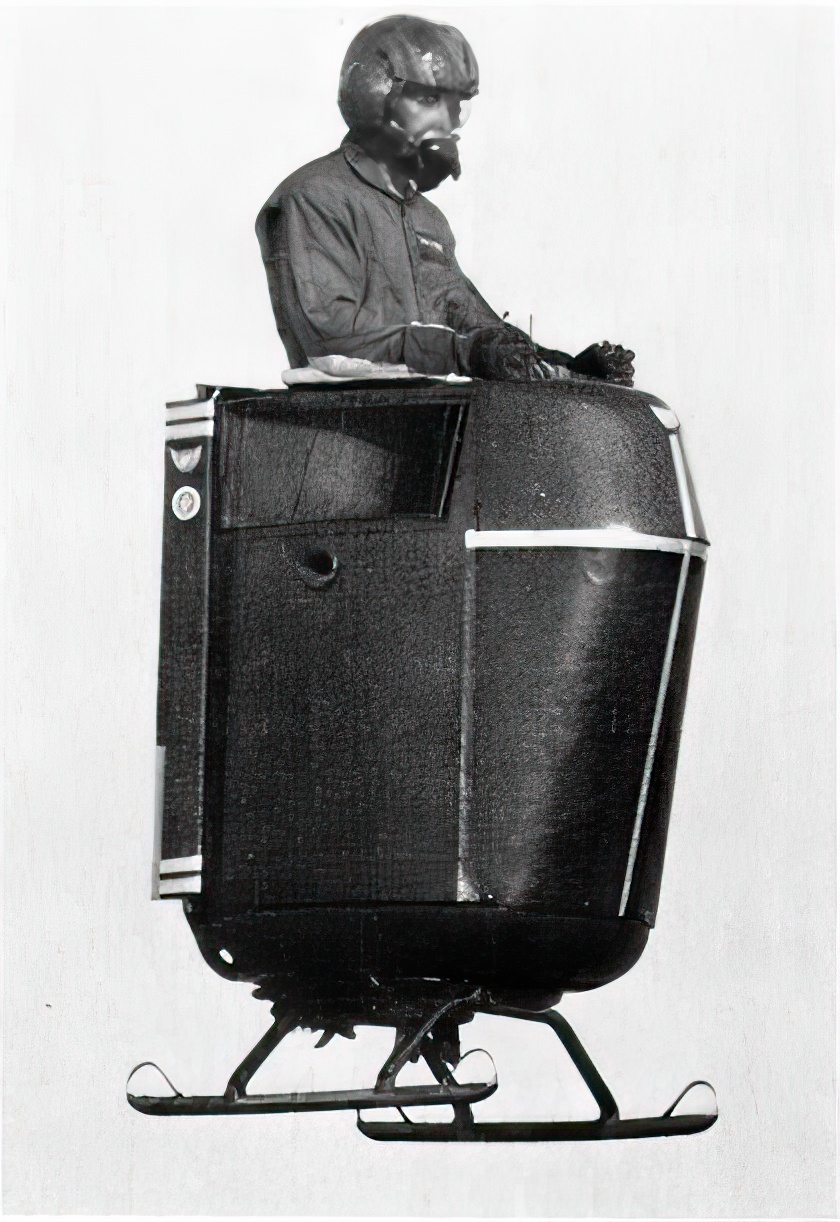
A Whimsical Journey to Nowhere
In the end, the Williams X-Jet, the personal flying machine of the future, ended up as more of a technological curiosity than a revolution in transportation. After a decade of development and testing, the project was eventually abandoned due to its inherent impracticalities and challenges.
However, the story of the X-Jet proudly showcases human ingenuity and the relentless quest for groundbreaking technology, even when the goal seems absurdly ambitious. This dream, though it never materialized, sparked our curiosity with a tantalizing “What if?”
While the X-Jet never landed in our garages, it etched an indelible mark in the annals of aviation history. It offers us a captivating glimpse of a future we could have inhabited. And who knows? As we continue journeying through the 21st century, those lofty dreams could still take flight.

